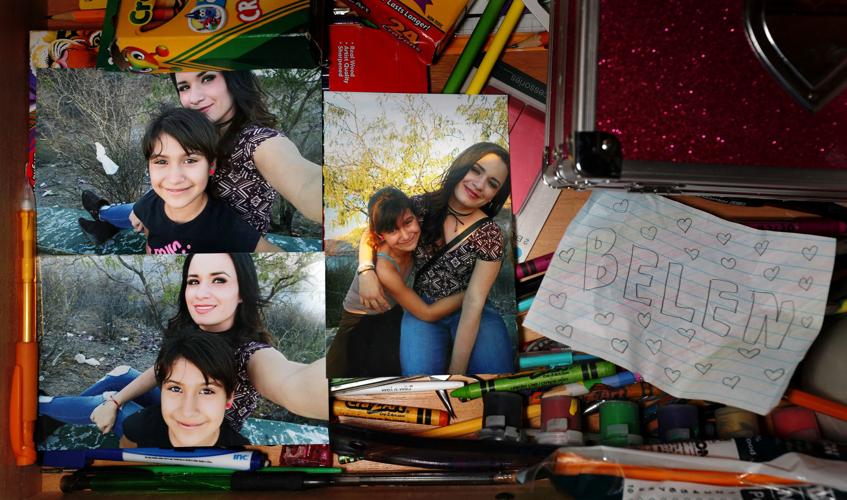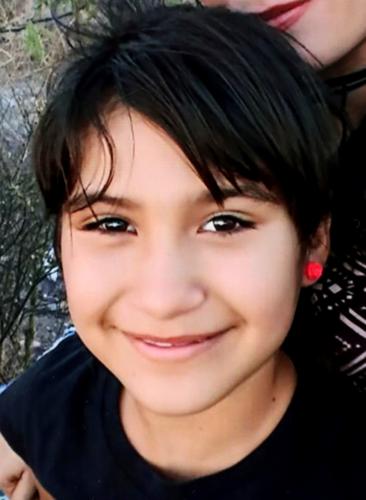The Tucson Police Department has expanded its effort to lower the number of pedestrian and bicycle crashes.
The department started rolling out its Strategic Deployment Mission program in mid-July, and last week, the program was introduced citywide.
It focuses on education and enforcement to make Tucson safer for everyone on the road, though it emphasizes safety for pedestrians and bicyclists, said Diana Duffy, traffic safety coordinator for the Tucson Police Department.
Officers will include education in their stops for violations. Each division is also providing safety education training at places like Boys and Girls clubs, homeless shelters, and CODAC Health, Recovery and Wellness Centers.
The department will add locations to that list as the program moves forward, and will increase their public service announcements regarding safety, Duffy said.
Each TPD division will focus on five corridors with the most crashes and fatalities in their area, Duffy said.
There’s been a 35% increase in pedestrian fatalities across the U.S. from 2008 to 2017, while the combined number of all other traffic deaths decreased by 6%, according to a Governors Highway Safety Association study published in February.
Arizona was one of five states that accounted for almost half — 46% — of all pedestrian deaths, the study found.
This year, there have been 23 fatal pedestrian crashes in Tucson city limits as of Sept. 11, Tucson police say. That’s similar to last year’s rate when there were 21 fatal pedestrian crashes at the same point in the year.
The Tucson Department of Transportation is also working to reduce pedestrian and bicycle crashes.
The department hired a consultant this year to analyze pedestrian crashes for a pedestrian safety action plan. The goal is to collect information that includes the type of incident, factors in the crashes and to identify corridors and intersections that are especially problematic and to come up with a plan to make those areas safer, said Krista Hansen, a lead planner at TDOT.
The department looked at the number of crashes from 2014 to 2018, finding an average of 240 pedestrian crashes annually in Tucson, including serious injury and fatal crashes. The department is set to finish its pedestrian safety action plan in November.
Hansen said pedestrian crashes are “a major issue and epidemic on our streets,” but is optimistic projects that incorporate education, enforcement and engineering will lead to safer streets across Tucson.
While the program’s goal is to reduce pedestrian injuries and fatalities every year, Hansen said the studies they are currently conducting are for long-term solutions.
“One loss of life is too many so it’s a huge effort I think to improve safety and reduce the number of fatalities and injuries,” Hansen said.
Belen Mejia Renteria, 11, is one of the pedestrians who was killed in Tucson this year.
She died Aug. 27, two days after being hit about 7:40 p.m. by a southbound Jeep Wrangler while crossing North Flowing Wells Road south of West Prince Road.
Belen was crossing near an elementary school in a High-Intensity Activated Crosswalk, or HAWK. But police determined she failed to press the button that activates the warning lights.
Her mother Maria Renteria said she had just gotten home from the store with Belen and her 6-year-old son Jonas when her daughter said she had to return to the store.
Renteria told her daughter to wait until dinner was ready so they could go together.
Renteria says she thought her daughter was on the front porch, but soon realized the girl left.
She grabbed her son and headed toward the store, but soon Renteria found herself at the crash scene.
She keeps replaying those moments in her mind. Renteria says she wishes her daughter had stayed home and that she would have realized sooner that the girl had walked away.
And she wishes the driver, who stayed at the scene and was not cited by police, would have seen Belen crossing the street and stopped.
Belen was buried in Ciudad Obregon, Sonora on Sept. 6. The girl was born and had spent much of her life in the city in Mexico.
Belen was a social young girl who loved having a big family and loved spending time with family, Rentería said.
She often wrote her letters for her little brother, telling him how much she loved him, and she enjoyed learning about her mom’s life.
“She really liked sitting outside at night and talking, as if she were an adult,” Rentería said. “She liked when I told her about what my life was like before when I was a girl.”





